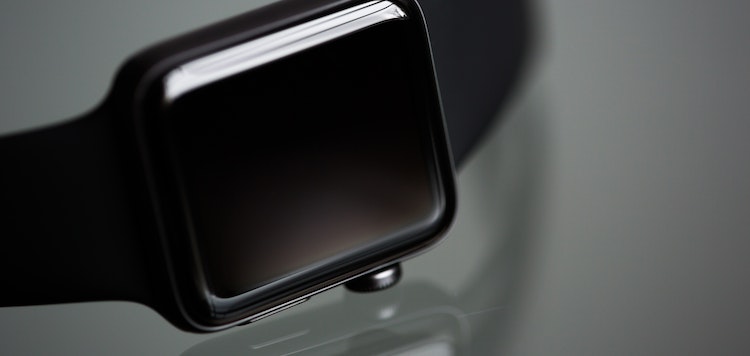The Apple Watch Series has become a hugely popular timepiece for millions of people around the world, and its popularity shows no signs of slowing down. In 2023, we’re looking forward to the next generation of the Apple Watch Series. The release of the Apple Watch Series 9 is expected to mark a significant step forward for wearable technology. This article will delve into what we can expect from the Apple Watch Series 9, including health features, display technology, and release date.
An incremental upgrade to the Apple Watch Series is predicted to be more likely in 2022 than the release of the Watch Series 9. Currently, there are no substantial rumors concerning the Watch Series 9, leading to the belief that an incremental upgrade could be more likely. This upgrade may feature minor improvements to battery life and processing power.
Blood glucose monitoring
The major new health feature expected to arrive on the Apple Watch is non-invasive and continuous blood glucose monitoring. This feature could be a game-changer for people with diabetes, allowing them to monitor their glucose levels throughout the day without the need for constant finger-prick testing. The non-invasive method would use an optical sensor to measure glucose levels through the skin. This feature could also benefit people without diabetes who want to monitor their blood sugar levels in conjunction with other health data.
MicroLED Displays
According to a Bloomberg report, MicroLED displays produced in-house are set to appear on the next Apple Watch Ultra model. MicroLED displays are a new type of display technology that promises to be more power-efficient and offer better color accuracy than current OLED displays. The use of MicroLED displays could also mean thinner and lighter Apple Watches with improved battery life. The potential for these displays is enormous, and we may see them rolled out across all Apple Watches in the coming years.
Expected features of the Apple Watch Series 9
We expect the Apple Watch Series 9 to have everything the Watch Series 8 has, including the always-on display, ECG readings, and fall detection. Additionally, we could see improvements to battery life, a feature that the Watch 8 didn’t receive. The potential addition of MicroLED displays and blood glucose monitoring would make the Watch Series 9 a significant step forward.
Release Schedule
Apple has released a new generation of the Apple Watch every year since its debut. This year, unless the company breaks tradition, the Apple Watch Series 9 will likely arrive in the fall of 2023 alongside the iPhone 15 series. There is no word on the exact release date, but it is likely that Apple will announce the Watch Series 9 during its annual September event.
The Apple Watch Series 9 is expected to be a game-changing wearable device, featuring cutting-edge technology and health features. While there may be an incremental upgrade in 2022, we can expect the Watch Series 9 to arrive in the fall of 2023, alongside the iPhone 15 series. The use of MicroLED displays and non-invasive blood glucose monitoring could be the defining features of this iteration of the Apple Watch. Whatever the features, the Watch Series 9 is sure to cement the Apple Watch’s position as a leading wearable device, changing lives and technology for the better.

